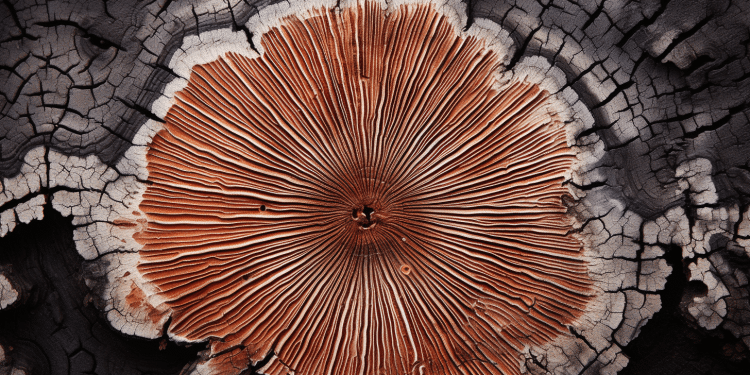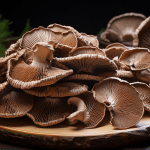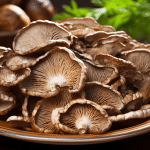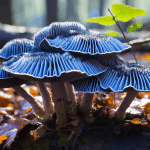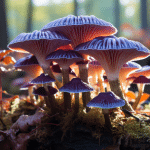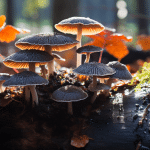What Does the Turkey Tail Mushroom Spore Print Look Like?
The spore print of turkey tail mushroom will be white. As you can see in the image below, here is the difference between the spore/underside of false turkey tail and true turkey tail mushrooms:
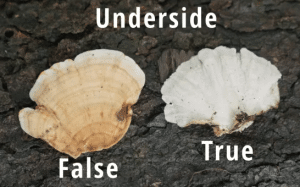
To take a closer looks here is the relative distance apart of the spores located on the underside of turkey tail mushrooms:
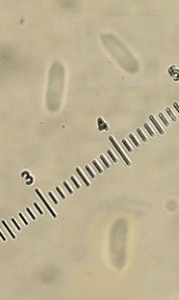
Here’s a video that dives into identification even further:
Diagnostic Characteristics of Turkey Tail Mushroom
Identifying which family the mushroom belongs to is relatively straightforward. Turkey tail lacks any kind of stem, and has a bracket-like structure, both traits common to the family Polyporaceae. In addition, the specimen was found growing on deadwood, and had a pore surface on its underside rather than gills. The combination of these features is unique in the family Polyporaceae, providing a conclusive identification at a family level.
As additional evidence, turkey tail can be observed growing on a fallen log of a tree during mid-April, confirming this specimen belongs to the Polyporaceae family (Polypore), since the dense, hard bodies of these mushrooms allow for their wintering. In general, species of other mushroom families will not start appearing until June or July.
However, the determination of this species and genus requires closer examination of the most detailed morphological features.
The highly contrasting bands of various colored layers running down the caps of the mushroom is characteristic of all Trametes versicolor individuals. On the other hand, the presence of a hard, dark brown, scab-like growth at the surface of the fungus body also indicates a likelihood that this specimen may either be Inonotus dryadeus (Warted oak polypore) or Phellinus robineae (Cracked Cap polypore). However, Dryadeus polypores are not found in Wisconsin, while Polyporus rimosus is found only on living Black Locust Trees, eliminating that possibility as this sample was found on a dead log in Wisconsin. Therefore, this specimens coloration and appearance is more closely that of Trametes versicolor. Other members of the genus Trametes also have a colour gradient that is similar, although not quite as marked, to Trametes versicolor.
In addition, all polypores possess, in place of gills, that are usually found on the bottom side of mushrooms, microscopic pores, or holes, through which spores may be released (“polypore” means “many pores”). The fact that all polypores have this general characteristic may make different species within each polypore genus difficult to differentiate. One method of doing so is by measuring pore concentrations and sizes in a micrometer. Trametes versicolor is characterized by pore surfaces of 3-6 pores per millimeter, meaning it requires a very close look to see pores. This characteristic distinguishes Trametes versicolor from other species of Trametes, which have 1-3 pores per millimeter, making them easier to observe.
You can find our favorite capsules, powders, and tincture’s on the following pages of our website and learn more about each individually:
The Best Turkey Tail Mushroom Supplement
The Best Turkey Tail Mushroom Powder
The Best Turkey Tail Mushroom Tincture
Learn more:
